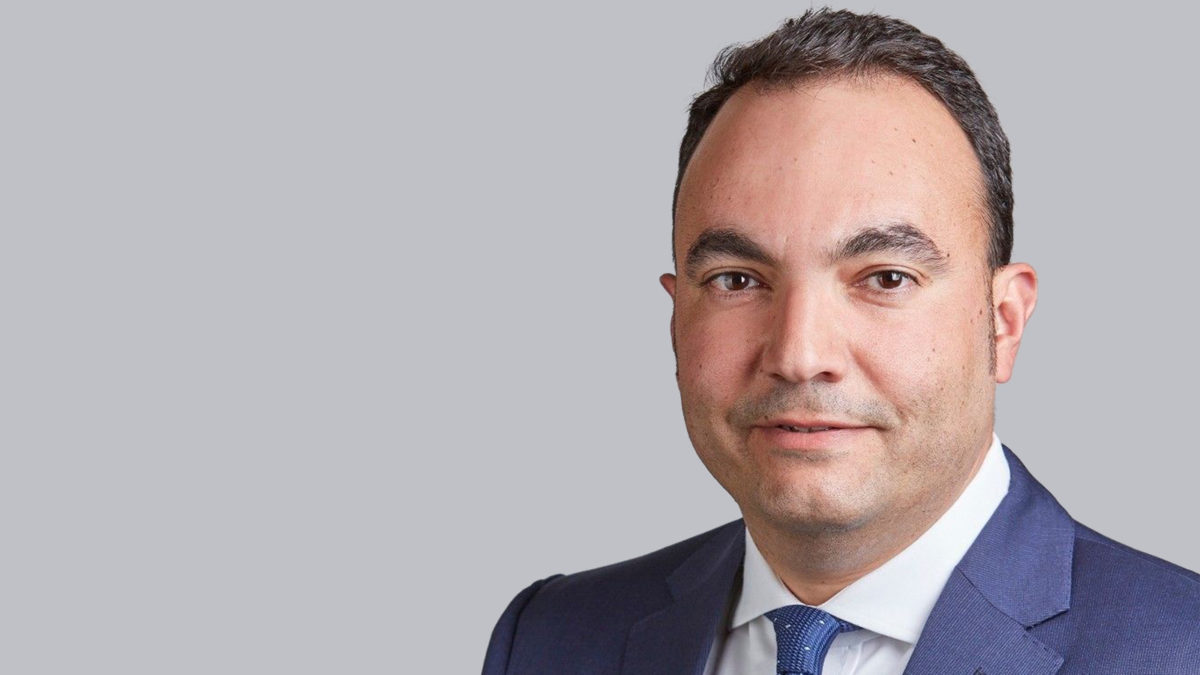Sovereign wealth funds lift their game on governance
Oceania is well represented in Global SWF’s 2022 Governance, Sustainability and Resilience (GSR) leader board, with the Future Fund and NZ Super once again tying with big international pensions and SWFs like Temasek, Canada Pension Plan and the Netherlands’ PGGM on their governance and sustainability, all with a 96 per cent rating. Scoring is based on 25 different elements, with 10 related to governance, 10 related to sustainability, and five to resilience.
Global SWF, headed up by managing director Diego Lopez (photo at top), doubled its coverage of state-owned investors this year, with 200 now included in the survey. The results of this year’s study would look “overly optimistic” compared to 2021; even if only the SOIs rated last year were analysed, there would be a “considerable improvement” of 6 per cent for SWFs and 5 per cent for public pension funds. From last year, 58 got higher marks, 26 stayed the same and only 16 got lower marks.
“Pension funds continue to display better marks than sovereign funds across the board, especially when it comes to governance and sustainability,” the report says. “However, resilience is not their forte and there are many US retirement pools that have precarious funding status and drag down the “R” rating in the scorecard.”
“Among the 100 SWFs assessed, the 20 stabilization funds are usually very liquid pools of capital that need to respond to fiscal deficits, so sustainability is not normally too high on the agenda. On the flip side, the 50 strategic funds analysed are generally well placed when it comes to sustainability issues given their role in their domestic economies but may present a weaker framework around legitimacy and liquidity risk.”
Funds that improved their position include Angola’s FSDEA, which has put a new leadership and external manager and risk management policy in place; Qatar’s QIA, which is making an effort to be more transparent and sustainable as it prepares to “join the club of the world’s largest SWFs”; and Abu Dhabi’s Mubadala, which “continues to lead the way in terms of best practices in the Middle-East”.
Last year, big funds received a “poor report card on climate”, with only 33 formally incorporating climate change and other ESG risk factors in their risk management frameworks. Only 12 were members of PRI and formally endorsed the UN’s sustainable development goals (with six more acknowledging the goals).
Since then, SOIs have also suffered through a significant market downturn too. The more transparent funds that publish data regularly “reveal how dire the situation is”, with Danish pension fund ATP down -13 per cent, the Future Fund down -1.5 per cent, and NZ Super down -3.7 per cent in the first few months of the year. Big pension funds like CalPERS and NYC Comptroller have lost US$62 billion and USS$22 billion respectively.
“In this context, we are observing a change in pattern of SOIs as they hedge against inflation,” the report says. “Venture capital has given way to infrastructure and private debt, which are thought to be good options right now. Consequently, deals have dropped in number but value has stayed the same with a higher average deal size.”
“The pattern is especially seen among SWFs, some of which are benefitting or will benefit significantly from the oil windfall. This month alone, there have been six SWFs spending US$ 1 billion or more in a single transaction: ADIA (VTG AG), GIC, KIA (Direct Chassis Inc.), Mubadala (Envirotainer), PIF (Embracer) and Temasek (allocation to GenZero). The average deal size this year so far is US$ 0.34 bn, not seen since 2017.”











